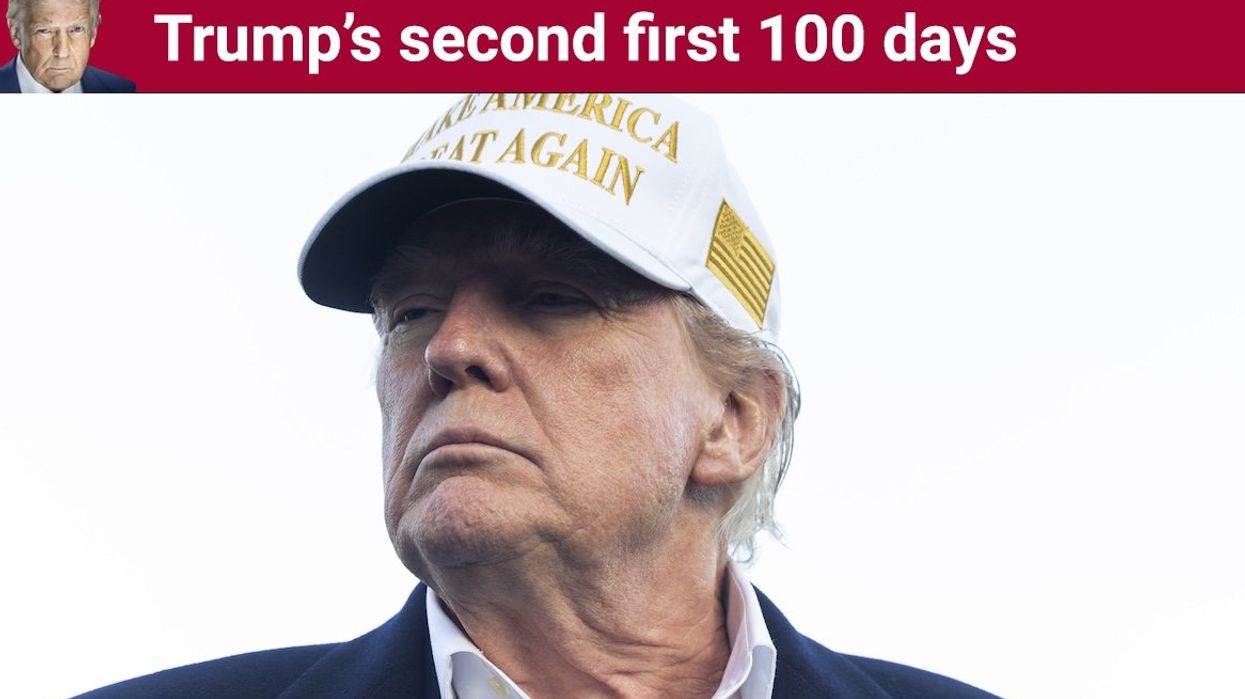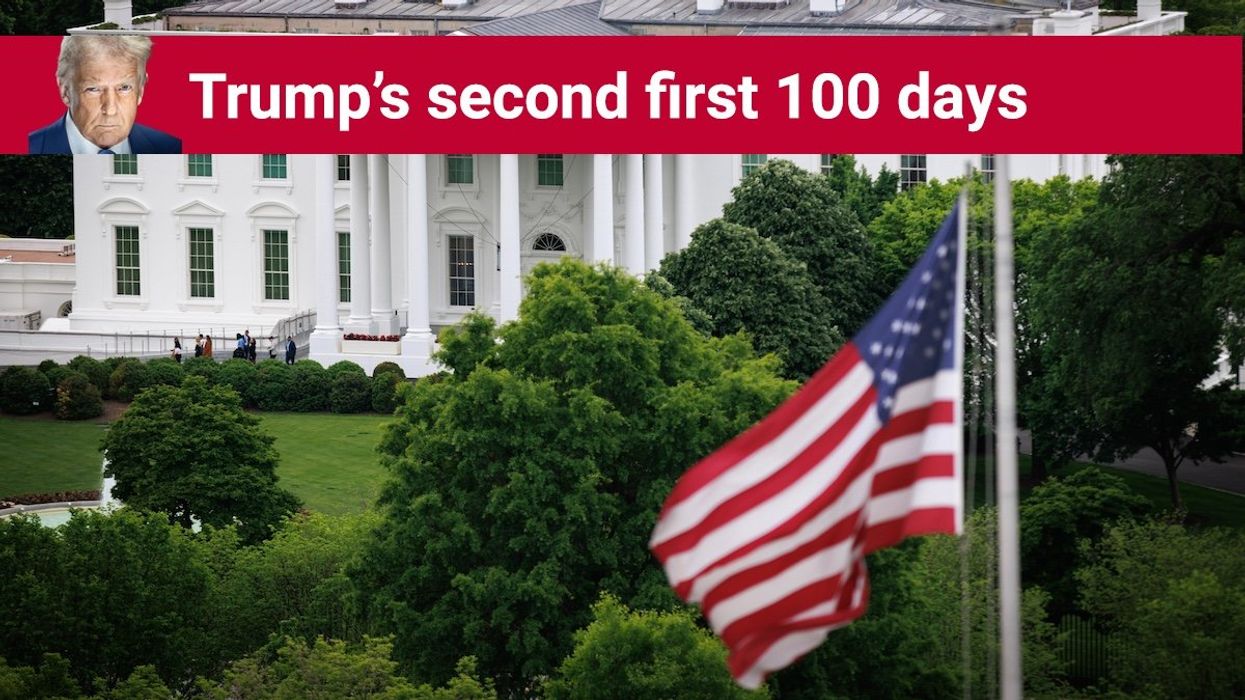Viewpoint
Viewpoint: How strong is Trump’s support 100 days in?
With a cohesive team in the White House, Republican control of Congress, and a disoriented Democratic opposition, Donald Trump has pushed ahead rapidly on many fronts since inauguration. But opinion polls in recent weeks have shown a sharp decline in public support for the president, and the courts, financial markets, and other institutions have started curbing his actions. We asked Eurasia Group experts Clayton Allen and Noah Daponte-Smith where things are likely to go from here.
Apr 28, 2025





